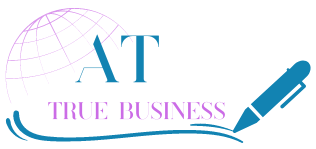Is a Cash Loan Right for You? Here’s How to Decide

According to Australian Bureau of Statistics data for the 2019–20 financial year, three in four (75%) households carried debt, underscoring the prevalence of borrowing among Australians. Whether you’re facing unexpected costs or planning a purchase, a cash loan may seem appealing. But before taking that step, it’s important to evaluate your personal finances and the broader implications.
1. Understand What a Cash Loan Is
A cash loan—also known as a personal loan—is typically an unsecured amount lent to consumers for general purposes, like covering emergencies, consolidating debts, or financing purchases. These loans usually carry fixed interest rates and set repayment schedules, providing clarity—but potentially costing more over time compared to secured loans.
2. Check Your Financial Health First
Before applying, assess:
- Income consistency: Can you reliably manage repayments?
- Current obligations: How much are your existing expenses and debts?
- Emergency savings: Do you have a buffer if circumstances change?
Understanding your financial position will help determine whether a loan is feasible—or if alternative options like budget adjustments or community support programs may work better.
3. Compare Interest Rates and Terms
Cash loans in Australia often come with higher interest than secured loans because they’re unsecured. Rate comparison tools can help you weigh:
- Interest rate (%)
- Fees (origination, late payment, etc.)
- Loan term (shorter terms reduce total interest)
- Repayment flexibility
Even a small percentage difference in rate can significantly impact the total repayment amount.
4. Consider Absolutely Necessary vs. Avoidable Borrowing
If the loan funds are for essential expenses—such as medical bills, urgent repairs, or essential supplies—a cash loan might be warranted. However, for non-essential or lifestyle spending, it’s wise to reassess whether delaying the purchase, budgeting differently, or finding alternate finance methods might be a safer route.
5. Evaluate Alternatives
Instead of a cash loan, consider:
- Community or no-interest loans (e.g., NILS) if eligible
- Borrowing from friends or family
- Selling unused items for quick cash
- Local support services for short-term assistance
These can often provide relief without accruing interest.
6. Understand the Risks
Repayment default can lead to financial stress, damage to your credit score, or reliance on high-cost borrowing options like payday loans or “Buy Now, Pay Later” schemes.
Notably, the rising uptake of unsecured financial products—even for daily expenses—is a concerning trendl. It’s a reminder that borrowing should be approached with caution and planning.
With 75% of Australian households carrying debt, cash loans are a common—and sometimes necessary—tool. Whether one is right for you depends on your financial stability, the loan’s terms, and what the money will be used for.
If you decide to proceed, comparing products thoroughly and understanding the full repayment impact is key.
Let me know if you’d like help comparing loan products, exploring alternatives like NILS, or building a repayment strategy that fits your budget.




